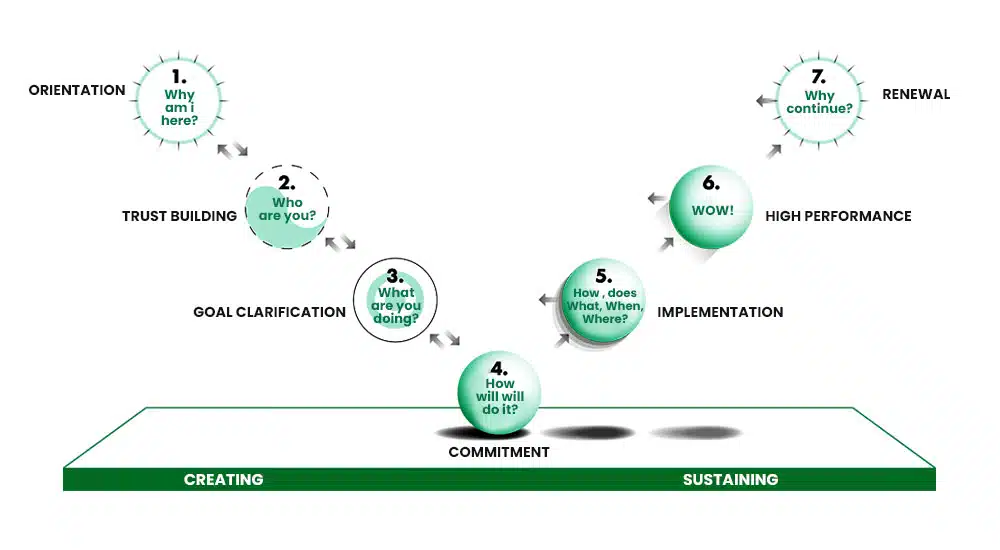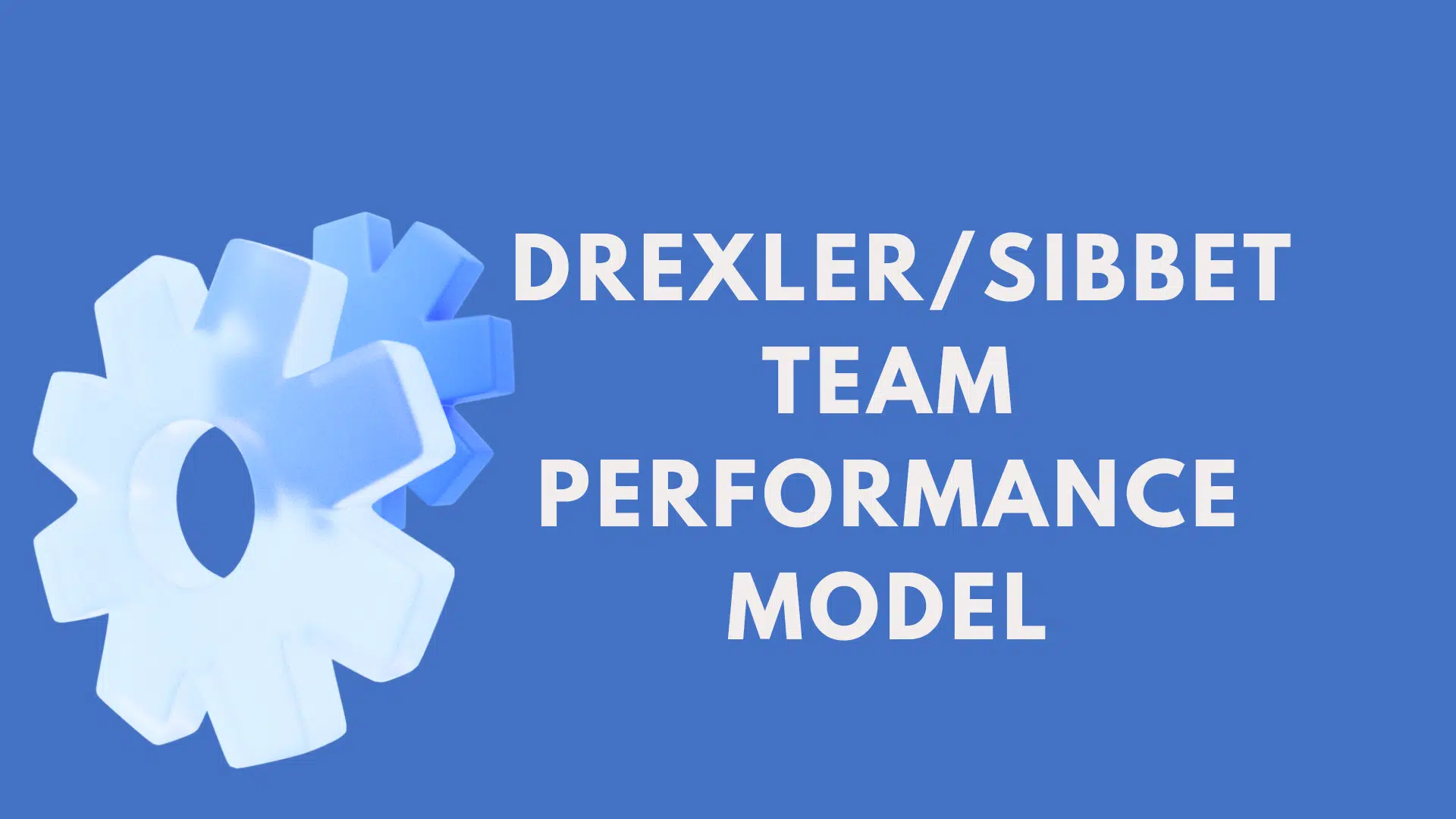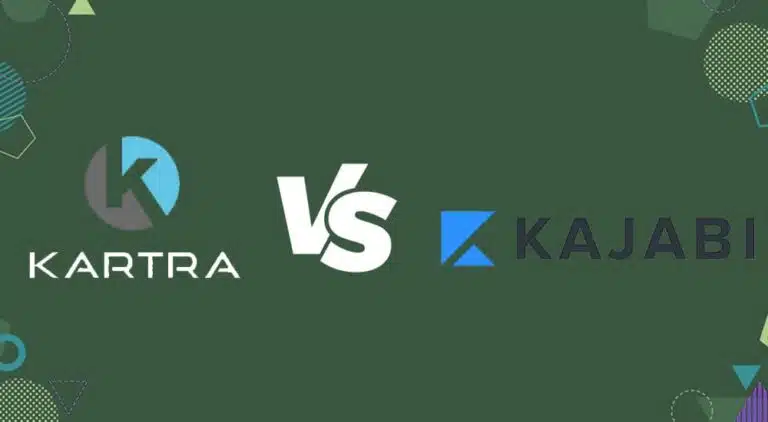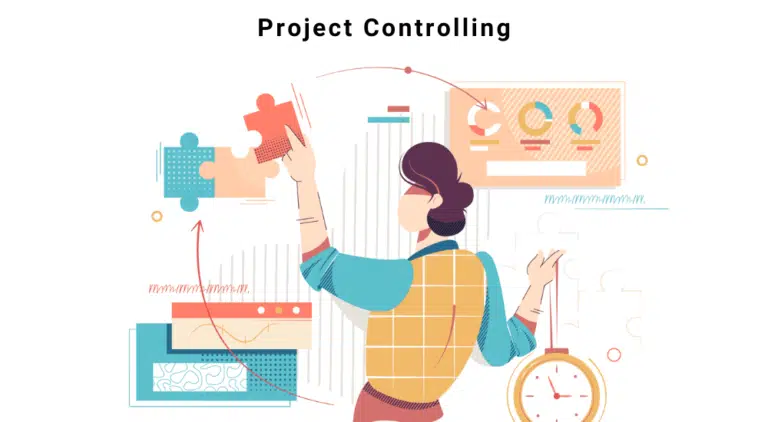Drexler-Sibbet Team Performance Model is a Team Performance Model to guides a team to work collaboratively and achieve success.
It helps teams organize their work and improve the performance. This model explains group dynamics and prepares teams for changes. It builds a resilient and flexible team to handle any situation effectively.
What is the Drexler/Sibbet Team Performance Model?
The Drexler/Sibbet Team Performance Model, also known as the Team Performance Curve or Team Effectiveness Model, was developed by Allan Drexler and David Sibbet in 1970. They spent ten years refining a comprehensive model of team performance to show the predictable stages involved in creating and sustaining teams.
It is a framework for understanding and improving the team’s performance.
The Drexler/Sibbet model resembles a concept of a bouncing ball where team building begins with freedom of imagination, openness, and aspirations and then gradually becomes more realistic and grounded as the team member start to understand each other, goals, constraints, etc. Then the team bounces back through implementation, innovation, creativity, and better performance.
The model identifies seven stages of team development. The first four stages help create the new team, and then the team moves on to the three stages of team performance and sustainability. You can use this framework and common language to support a team-based culture.
The seven stages of the Drexler-Sibbet Team Performance Model are as follows:
- Orientation (Why Am I Here?): This is the initial team-formation stage. Team members come together and focus on understanding their purpose, role, and responsibilities. They will have a sense of excitement, with some uncertainty and ambiguity.
- Trust Building (Who Are You?): In this stage, team members know each other, their skills, competencies, etc. They build trust, share information, develop relationships, and establish open communication. Trust is vital for effective collaboration and cooperation within the team.
- Goal Clarification (What Are We Doing?): In this stage, the team leader clarifies the team’s goals, objectives, and expected outcomes. The team members align their efforts and develop a common understanding of the deliverables.
- Commitment (How Will We Do It?): In this stage, team members are committed to the goals and take responsibility for their roles. They are motivated and work together to achieve the team’s objectives. This stage involves setting specific targets and action plans.
- Implementation (Who Does What, When, and Where?): Team members execute the task by solving the problems as they occur. Team members work together to achieve a common goal. They collaborate and support each other to achieve results.
- High Performance (Wow!): Now, the team has reached the highest level of performance. They seamlessly utilize their strengths and effectively manage conflicts. They have a deep sense of trust, shared purpose, and mutual support, thus resulting in exceptional performance. This is similar to the Bruce Tuckman Model of Team Formation Stages: Forming, Storming, Norming, Performing, and Adjourning.
- Renewal (Why Should We Continue?): The renewal stage represents a time of reflection and celebration. The team evaluates its achievements, learns from its experiences, and identifies areas for improvement. They may also set new goals and aspirations for future endeavors.
Organizations use the Drexler/Sibbet Team Performance Model to assess their teams’ current stage, identify development areas, and implement strategies to enhance team effectiveness. Successful teams pass through these stages.
How to Build an Efficient Team with the Drexler/Sibbet Team Performance Model

Use the following guideline to build an efficient team using Drexler/Sibbet Team Performance Model:
Orientation
- Define the purpose, objectives, and outcomes.
- Ensure that team members understand their roles and responsibilities.
- Encourage an open environment and motivate team members to share their concerns.
Trust-Building
- Facilitate team-building activities to help team members get to know each other.
- Encourage open communication and active listening among team members.
- Establish ground rules for respectful and supportive interactions.
Goal Clarification
- Engage the team in a collaborative process to define clear and measurable goals.
- Encourage team members to contribute to goal-setting discussions.
- Ensure that team members understand their purpose and objectives.
Commitment
- Create a sense of ownership and accountability among team members.
- Encourage team members to contribute ideas and suggestions.
- Help team members achieve their commitments.
Implementation
- Establish effective task management, communication, and coordination.
- Encourage collaboration and provide opportunities for team members to leverage their strengths.
- Foster a problem-solving mindset and remove obstacles.
High Performance
- Recognize and celebrate achievements to boost team morale and motivation.
- Encourage continuous learning and development within the team.
- Provide opportunities for team members to showcase their expertise.
Renewal
- Conduct regular team evaluations and reflections on performance.
- Encourage open discussions about successes, challenges, and lessons learned.
- Support the team in setting new goals and aspirations for future projects.
The Drexler/Sibbet Team Performance Model is not necessarily linear, and teams may move back and forth between stages. You must continuously assess the team’s progress and adjust strategies accordingly.
Pros and Cons of the Drexler-Sibbet Model
The pros and cons of the Drexler-Sibbet Model are as follows:
Pros
- Robust Framework: The model offers a systematic approach to understanding team development and performance.
- Clear Project-Team Formation: The Drexler-Sibbet Model helps form a project team.
- Shared Vision and Mutual Respect: The model emphasizes the importance of having a shared vision within the team.
- Cohesive Unit: This model increases the team’s cohesiveness. It helps team members build trust and establish strong relationships.
- Enhanced Communication: It promotes open communication and dialogue among team members, thus fostering collaboration and trust.
- Reflection and Learning: The model emphasizes reflection and learning from experiences, thus facilitating continuous improvement.
Cons
- Limited Spontaneous Interaction: It may limit spontaneous interaction among team members or hinder creativity and new idea generation.
- Limited Flexibility: The structured nature of the model may limit flexibility when responding to unexpected changes or challenges.
- Simplified Representation: The model’s linear progression may oversimplify the complex and dynamic nature of team development.
- Limited Individual Focus: The model primarily focuses on team dynamics and thus may not fully address individual needs or contributions.
- Lack of External Factors: The model does not explicitly consider external influences (e.g., organizational culture or challenges) that may impact team performance.
Conclusion
The Drexler/Sibbet Team Performance Model is a simple model that helps teams work together as a cohesive team. This model has seven stages, four to create the team and three to explain increasing levels of sustained performance. It can transform a dysfunctional team into a high-performing team.
It encourages the team to work as a cohesive unit, solve the problem and grow as an individual. It is a great framework for enhancing team performance.

I am Mohammad Fahad Usmani, B.E. PMP, PMI-RMP. I have been blogging on project management topics since 2011. To date, thousands of professionals have passed the PMP exam using my resources.







